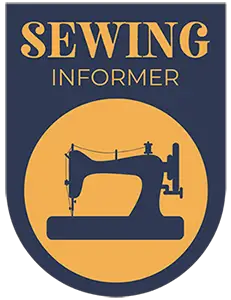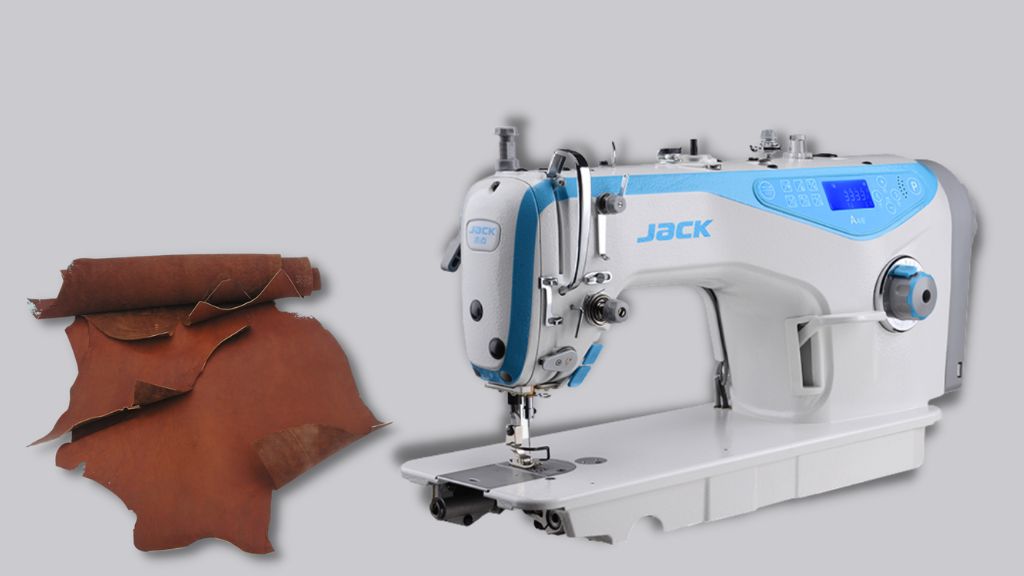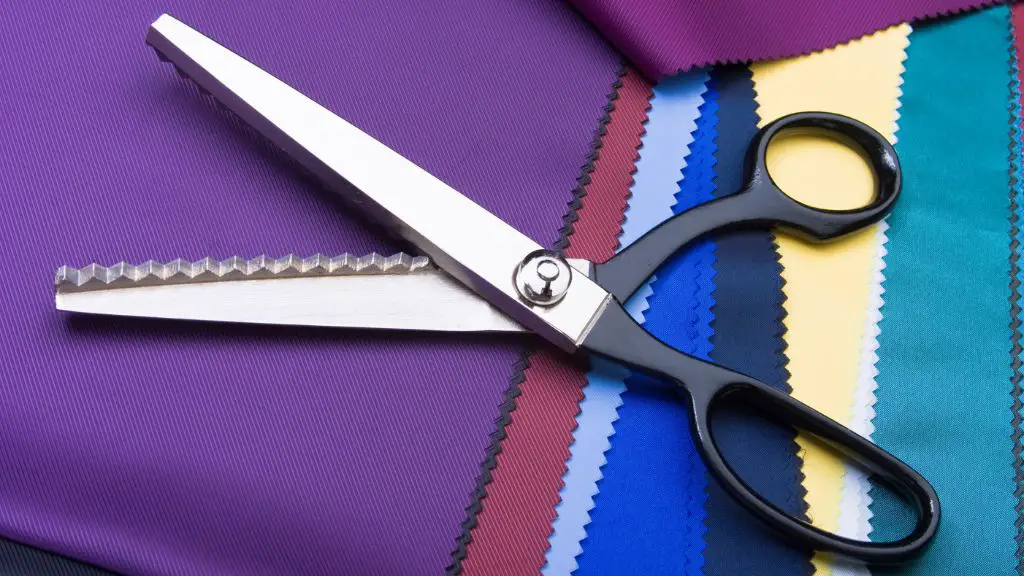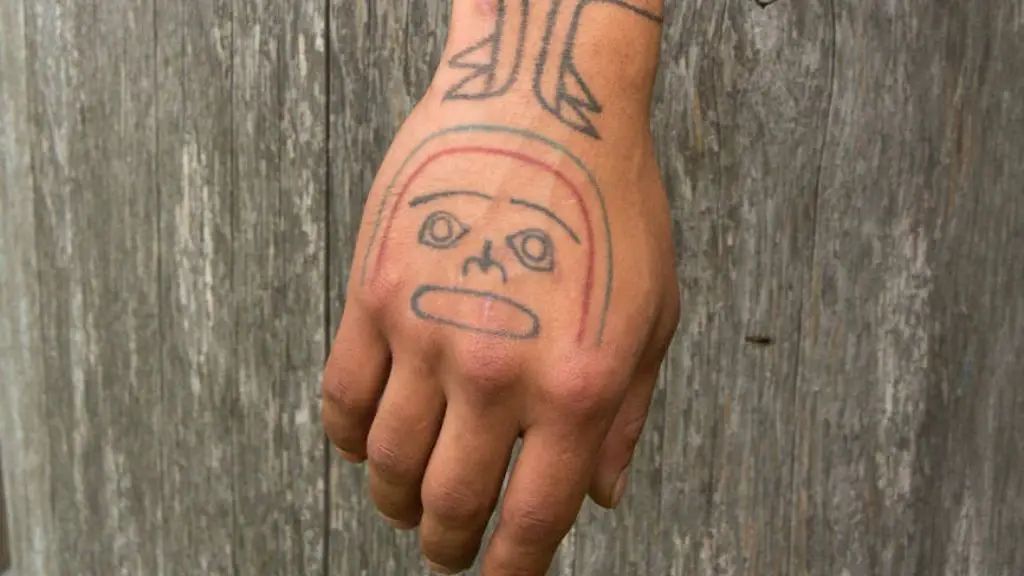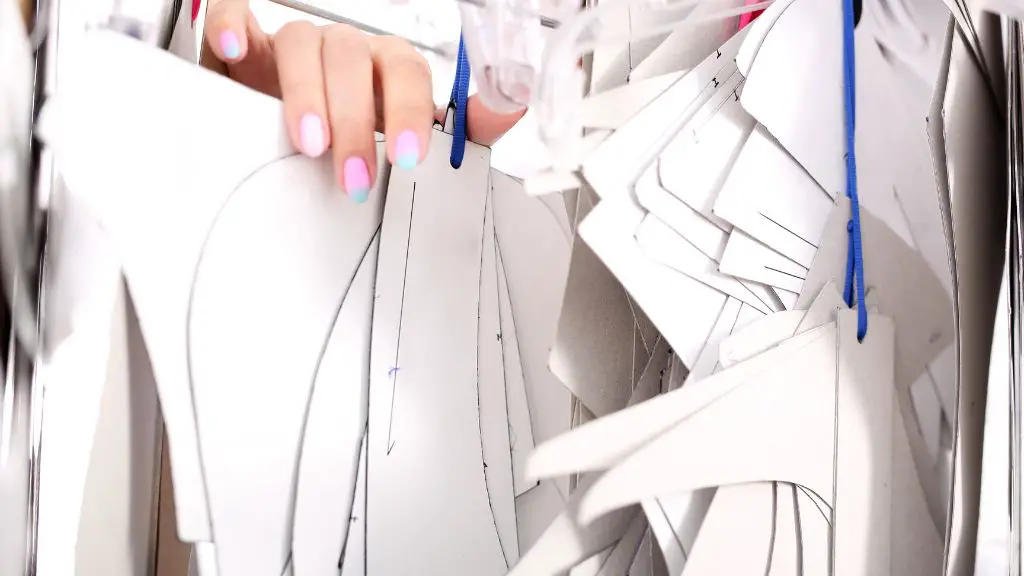If you are fond of sewing and want to expand your skills to doing leather projects, you might be wondering, ‘can sewing machines sew leather?’ Of course, you don’t want to spend extra money buying an additional leather machine. Well, the answer to your question is here.
Yes! You can definitely sew leather on your regular sewing machines. As long as you have a good quality home sewing machine, it shouldn’t hinder you from doing different leather projects that you have in mind. You also have to ensure that you are working with light leather materials, so you don’t overwork your machine.
This article will talk about everything you should know about sewing leather on your regular sewing machine. It will also discuss the materials you would need to use a standard machine for your leather projects successfully, and lastly, the difference between regular and leather sewing machines.
Sewing Leather: Using Your Regular Sewing Machine
As mentioned above, there is no need to buy an industrial sewing machine to sew leather as long as you only sew leather occasionally and only use thin leather materials. When using your machine for leather projects, there are some things that you need to keep in mind.
You would need to use specific leather needles to complete your project. Next is to ensure that you have a machine that offers variable straight stitch lengths. Also, make sure that you consider using Teflon foot, walking foot, or roller foot. These would make the sewing process easier.
When sewing leather on your regular machine, you don’t need to worry about using a special foot. However, there are different presser feet that you can use to ensure you get the best result. I will discuss this further in the upcoming section.
If you are using your regular sewing machine for your leather project, you must be aware of its limits. These types of machines can handle very light leather. Aside from the leather-specific needle, you must also use thicker threads than normal ones.
While sewing, you must go very slowly since the machine will need time to penetrate through the leather material. You would want the machine to complete the stitches that you are making. If you are not careful enough, there’s a chance that some parts of your machine may break.
The key to a successful leather project on a regular sewing machine is to go slowly and work carefully. Remember that these machines are not intended for heavy materials, so they might break when you overwork them.
Another possibility when you’re not careful is overheating. It can burn out the motor when you overwork your machine.
If you plan to sew multiple leather products, you would want a machine that is built for the task. It is best that you purchase an industrial-duty leather sewing machine instead of using your regular sewing machine.
Different Presser Foot Options for Sewing Leather on Regular Sewing Machine
There are three types of presser foot options for you to choose from that work with leather which I’ve mentioned above. Teflon foot is great for preventing leather stickiness while you are working on your project.
On the other hand, the roller foot will help the foot not to stick to the leather material. Walking foot is the common type of foot that is used on leather sewing machines. It can be split into two. Every half moves in an alternating ‘walking’ motion, thus the name.
With the walking foot, you can ensure that there wouldn’t be a chance that the leather would stick while you are working on them. Leather pieces are such tricky materials to work with, so using these types of the presser foot will make it easier to sew.
Materials Needed to Sew Leather on a Regular Sewing Machine
Binder Clips: When Sewing Two or More Pieces of Leather Together
Regarding leather materials, you won’t be able to see any natural holes, unlike knit or woven fabrics. These holes are where the pins usually go through when you are sewing. If you try pinning two pieces together, it will damage the leather material and leave holes when you remove the pin.
Aside from that, it will constrict the leather material and create a wave effect you don’t want to happen.
In these cases, it is best to use binder clips instead to keep the pieces together. There are plenty of binder clips that you can use on the market, and they all work the same way.
Leather Needles and Leather Glue or Cement
Leather needles are way different from the regular ones that you use on your knit or woven projects. It has a special tip that can easily cut through leather without damaging it when forming your stitches.
If you are sewing a leather material seam, it will not lay flat and will kind of bounce. The best solution to this problem is leather glue or cement. Gluing the seam allowance will avoid the bounce you don’t want on your leather projects.
There is plenty of glue and leather cement available on the market that you can choose from. When the leather is glued together, it will be stuck, and you cannot undo it. So you have to ensure that you don’t make a mistake when gluing different pieces together.
Rotary Cutter: Best to Cut Leather
A rotary cutter is one of the best tools you can use when cutting leather. The blades are easily interchangeable, and when it’s no longer sharp, you can simply replace them. Changing the rotary cutter’s blades is easier than getting scissors blades sharpened.
You can use two sizes of the rotary cutter when you are working with leather. The first is the large version (45mm) which is great at cutting straight edges. The other is the smaller version (25mm) which is great for cutting curved edges. You will get more control over the smaller version.
You can also cut with a craft or cutting knife with a metal ruler when you don’t have access to a rotary cutter.
Threads and Regular Sewing Machine
If you are choosing the threads you’ll be using for your leather project, make sure that you avoid cotton threads. The natural tannins present in leather will destroy the thread. Choose polyester or nylon thread when it comes to your leather projects.
The regular-weight thread and topstitching thread will also work well with leather. If you choose to use regular-weight thread, make sure that you double it up, and you will get the topstitch look you want for your leather.
You would need to purchase the bigger leather needle size for topstitching thread. Doing this will accommodate the extra width of the thread that comes with the topstitching thread. Make sure that you also use a longer stitch length than you would usually use in woven or knit fabrics.
Now, a regular sewing machine can sew leather, no doubt. However, expect that it will struggle a bit, especially when you are working with thick leather material. If you want to do leather projects regularly, you can purchase a leather sewing machine instead of using your regular one.
Regular Sewing Machine Vs. Leather Sewing Machine
There are plenty of differences between the two machines. So when considering venturing into leather projects, make sure you have the best machine possible to use.
Power of the Machine
When it comes to a regular sewing machine provides 100 watts of power, while an industrial or leather sewing machine provides up to 550 watts. As you can see, there is a big difference when it comes to power.
You would need a higher power to work through thick and heavy leather. Now, there’s no doubt that most regular sewing machine motors are powerful. However, leather sewing machines have a separate motor from the machine.
The motor usually hangs below the machine table and would usually connected through a belt. Its role is to transmit power to the sewing machine’s gears. Having this feature will give enough power to work with thick leather materials.
Weight of the Machine
Almost all sewing machines are made from heavy-duty materials. So you will need a solid table where you can sit and provide steady stitches as you do your leather projects. A regular sewing machine weighs about 15 pounds while a leather sewing machine weighs about 60 pounds.
Presser Foot of the Machine
On a regular sewing machine, you can find a foot that allows the material to slide under, and the machine will pull it through. Now, leather is more ‘sticky’ compared to other fabrics, so you may need a foot so that it can pass through the machine easily.
With leather sewing machines, it uses different presser foot that I’ve mentioned above. If you have your heart set on using your regular sewing machine, you can purchase a walking foot, a Teflon foot, or a roller foot for your leather projects.
Needles and Thread Thickness of the Machine
For regular sewing machines uses thin needles and can work with delicate fabrics. You can use #10 needles on cotton. For other fabric types, you can use needles up to #46.
On the other hand, leather sewing machine uses thicker threads such as #346 threads. It is heavier and thicker than your standard sewing machine.
Maintenance and Durability of the Machine
For maintenance, a standard machine would need oiling for the mechanical parts at least once a week. Leather sewing machines should be oiled every eight hours of use. Now, this would depend on how much you use the machine.
There are some instances where you would need to oil your leather sewing machine once per day.
Proper oiling will ensure that the mechanical parts on your machine are working smoothly and strongly. A standard sewing machine usually has a one-year warranty while leather sewing machines range from five to 25 years.
Final Thoughts
Regular sewing machines are well capable of handling leather projects as long as they are thin leather materials. If you plan on making it a habit of doing leather projects, then it would be best to get a leather sewing machine instead of using your standard one. With the right presser feet and proper usage, you can definitely pull off amazing leather products on your standard machines.
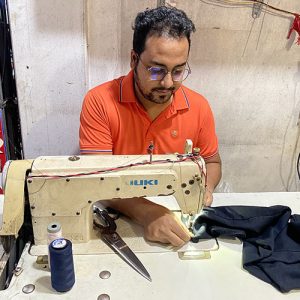
I love to sew and write! I have been doing both for many years and enjoy sharing my passion with others. I have written for both online and offline publications including Amazon and Medium, and I enjoy sewing clothes, quilts, and other items.
My writing style is engaging and lively, and I have a knack for delivering complex information in a way that is easy for everyone to follow.
